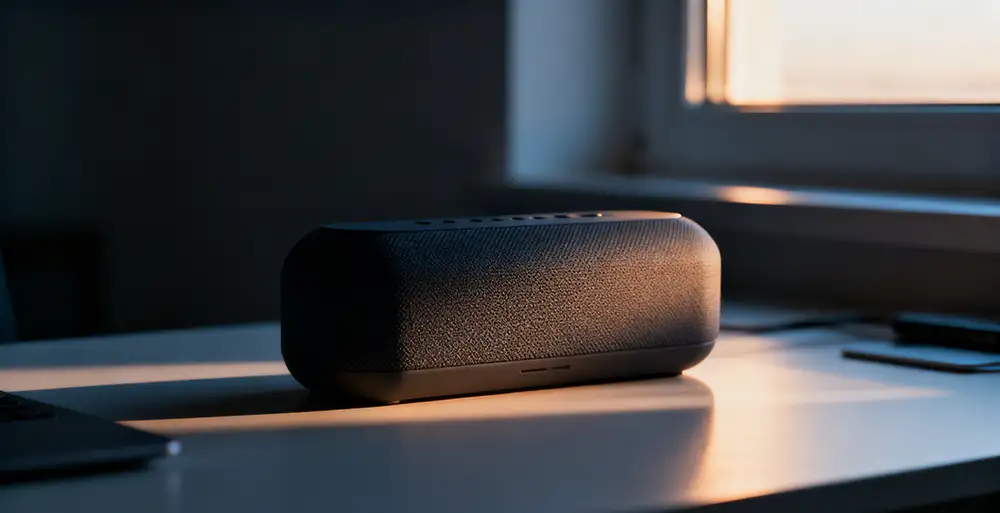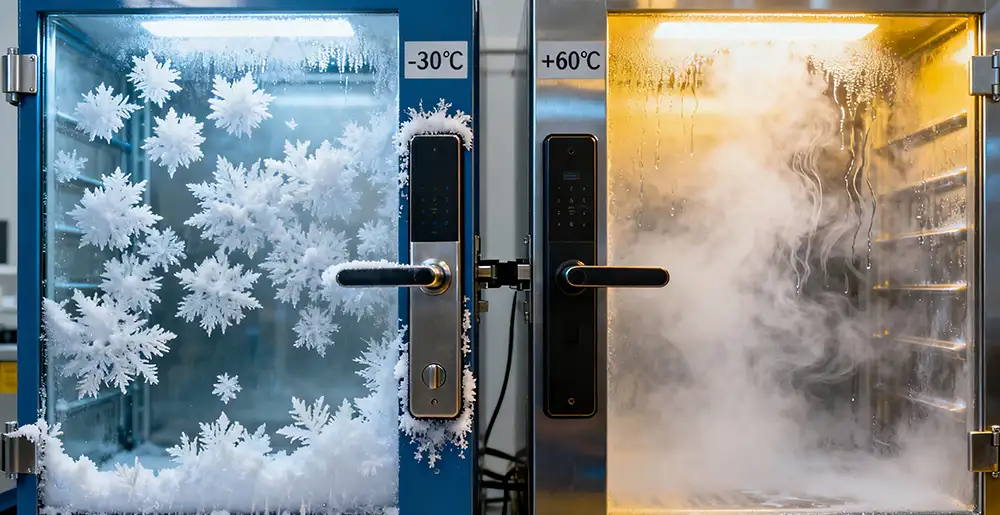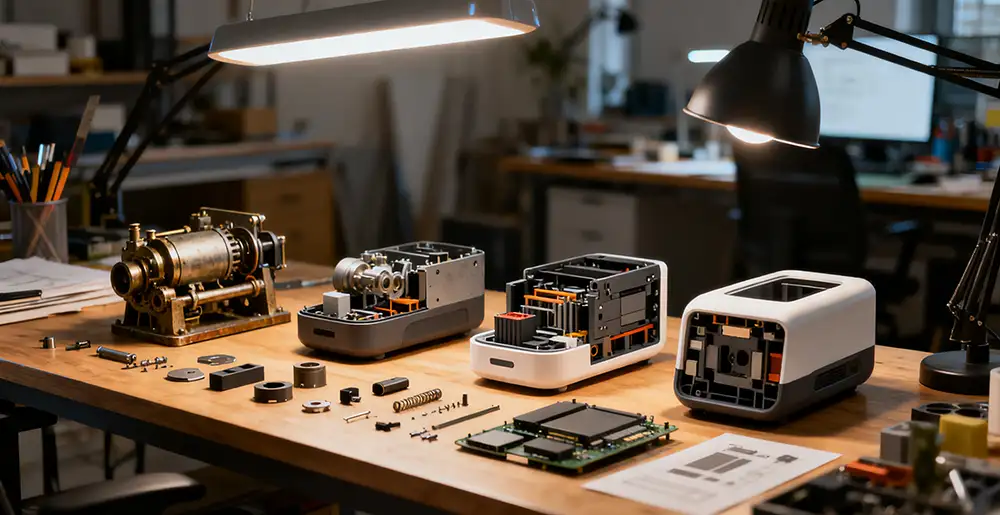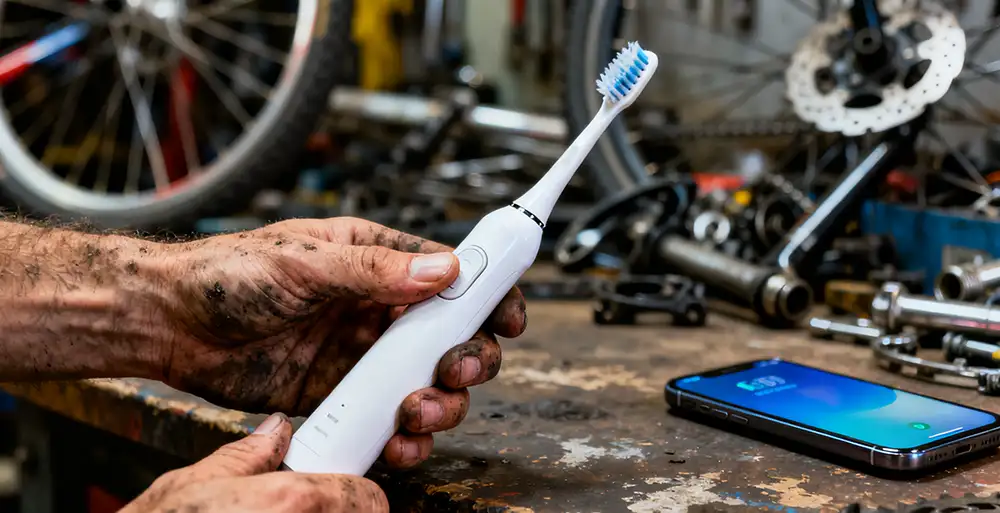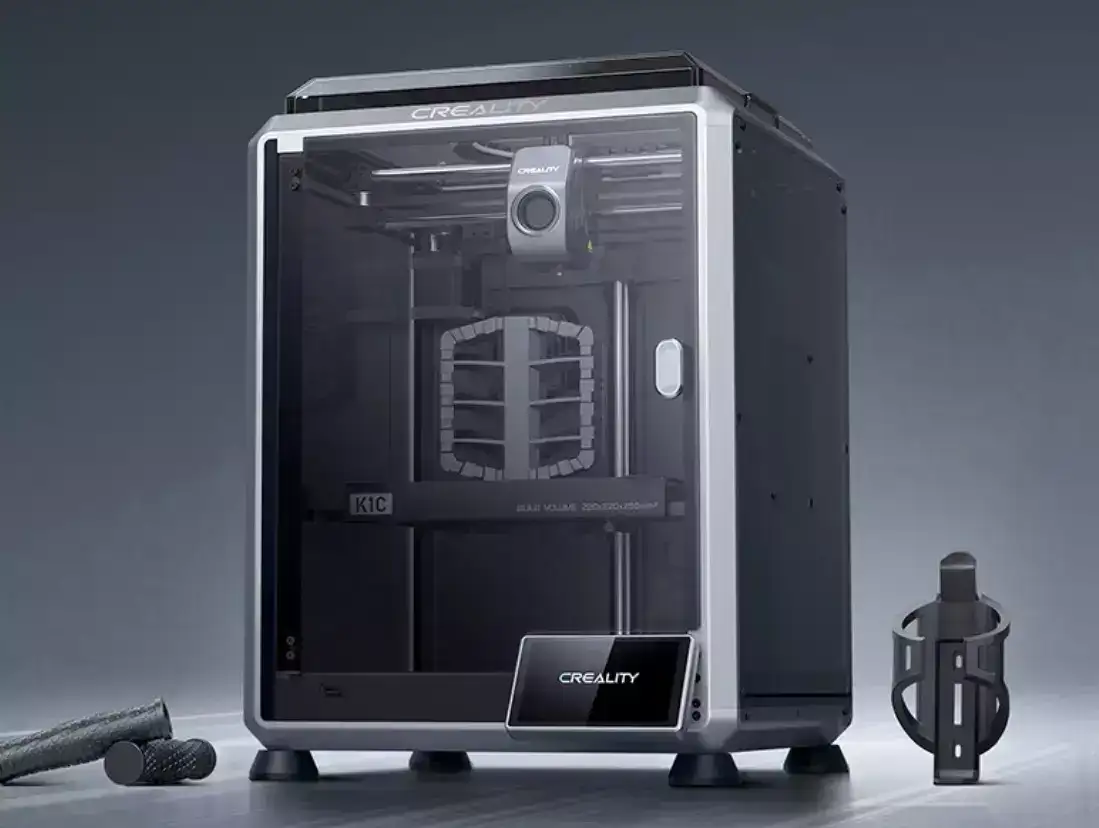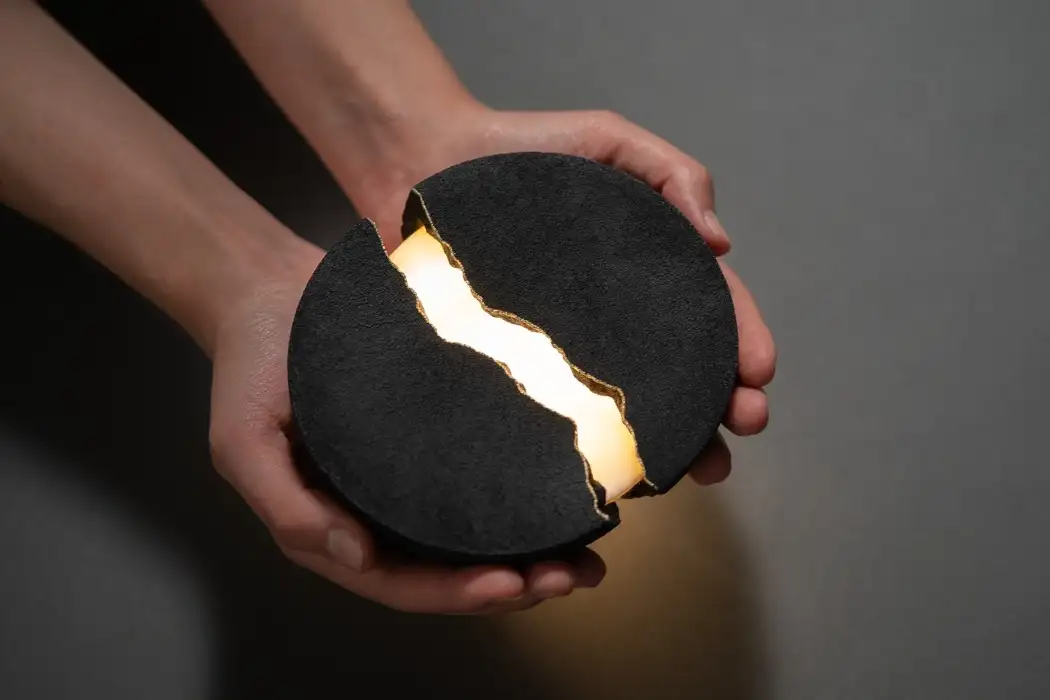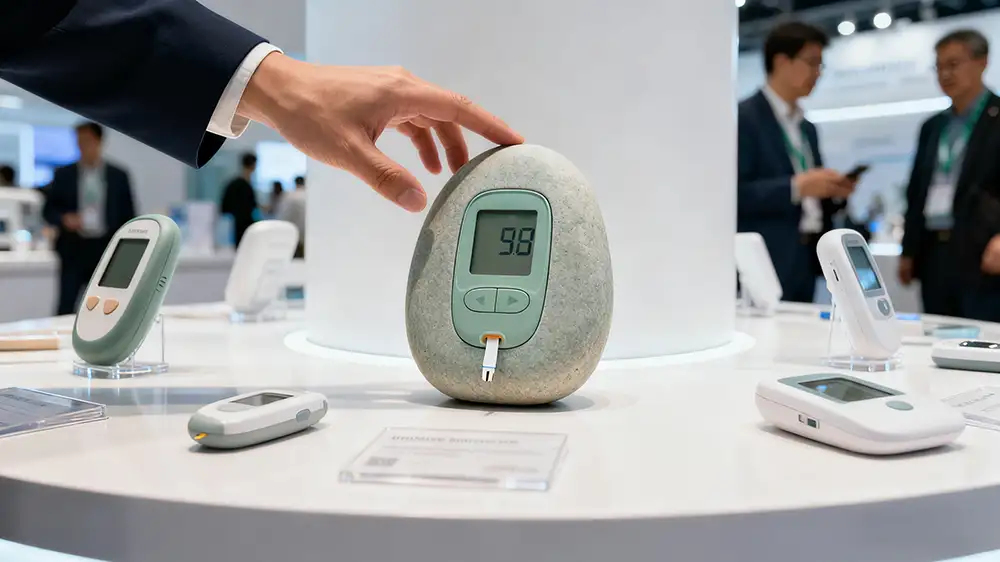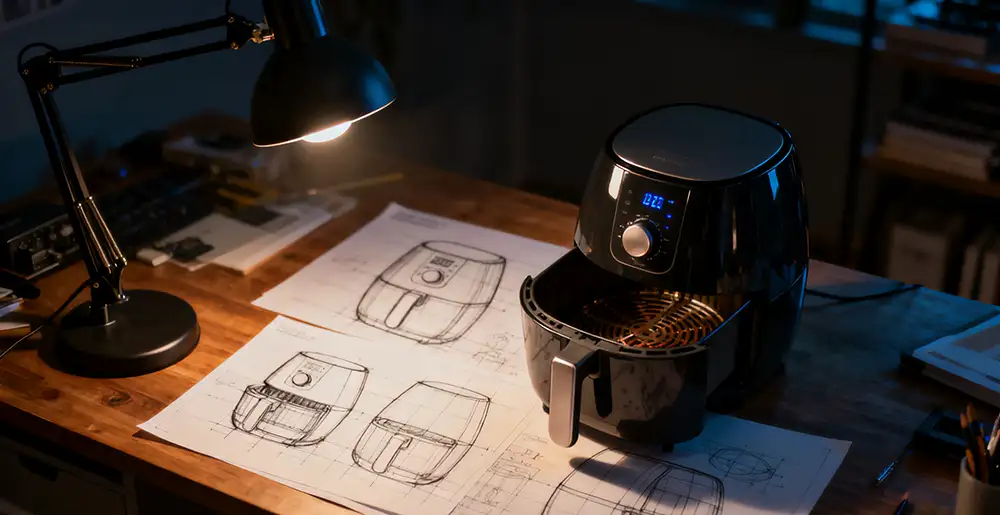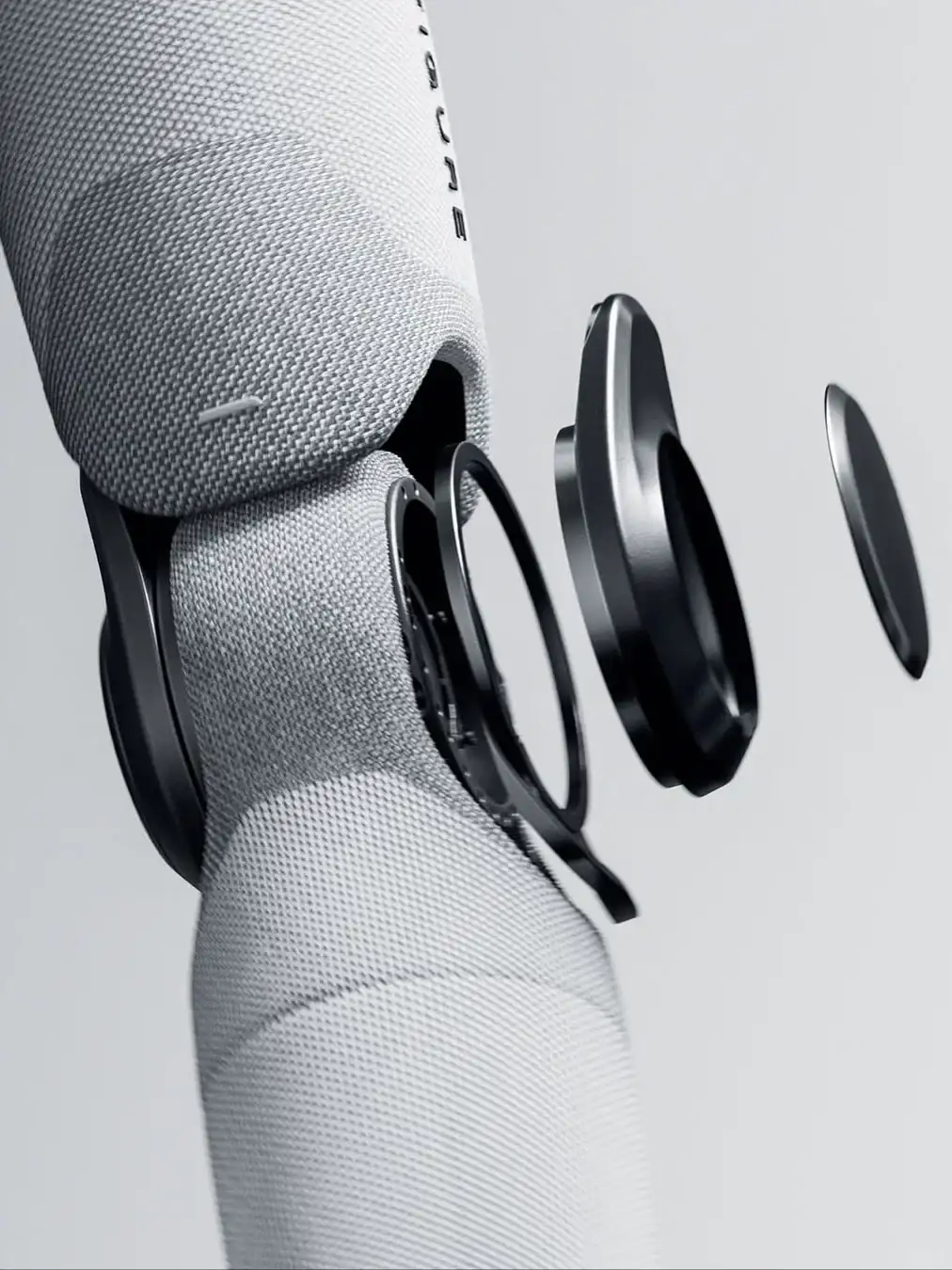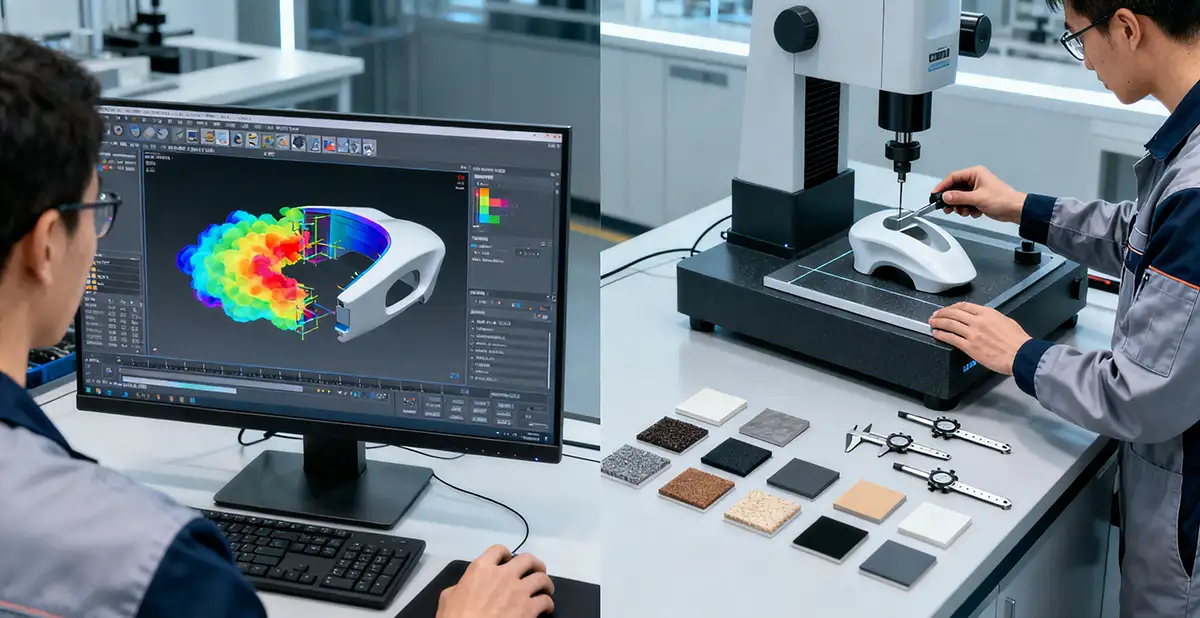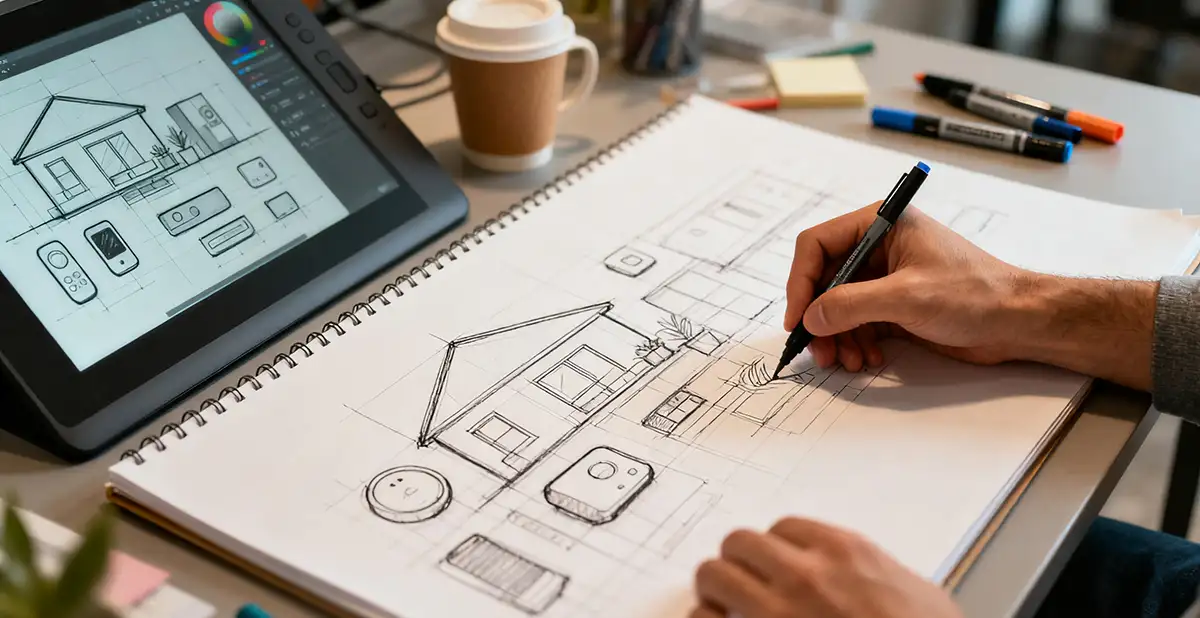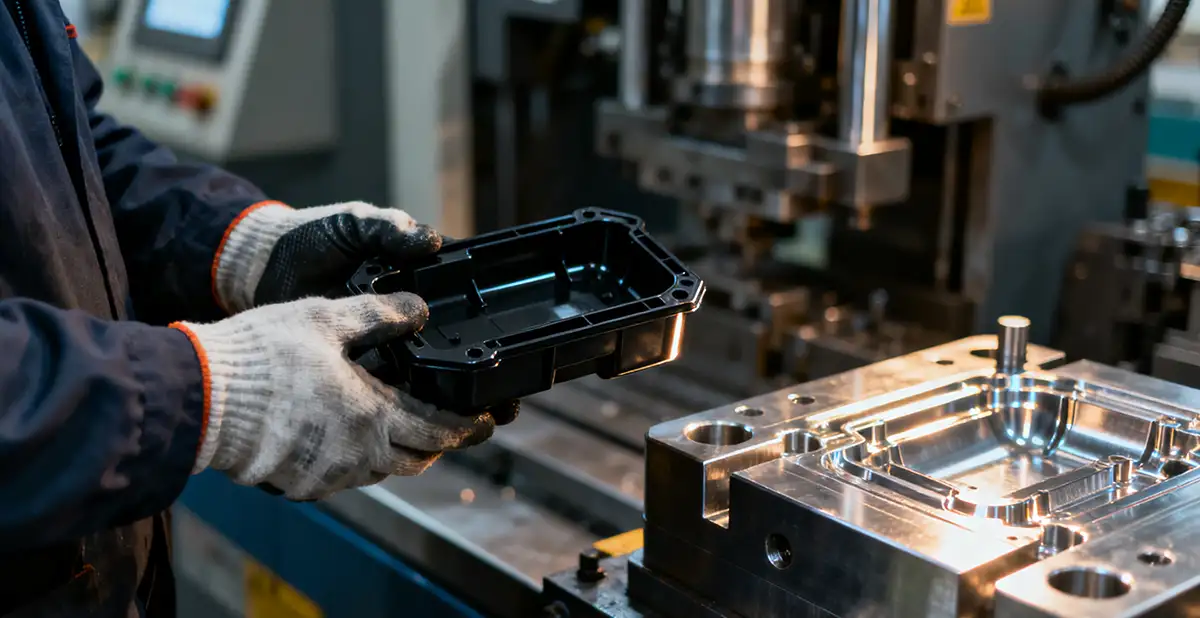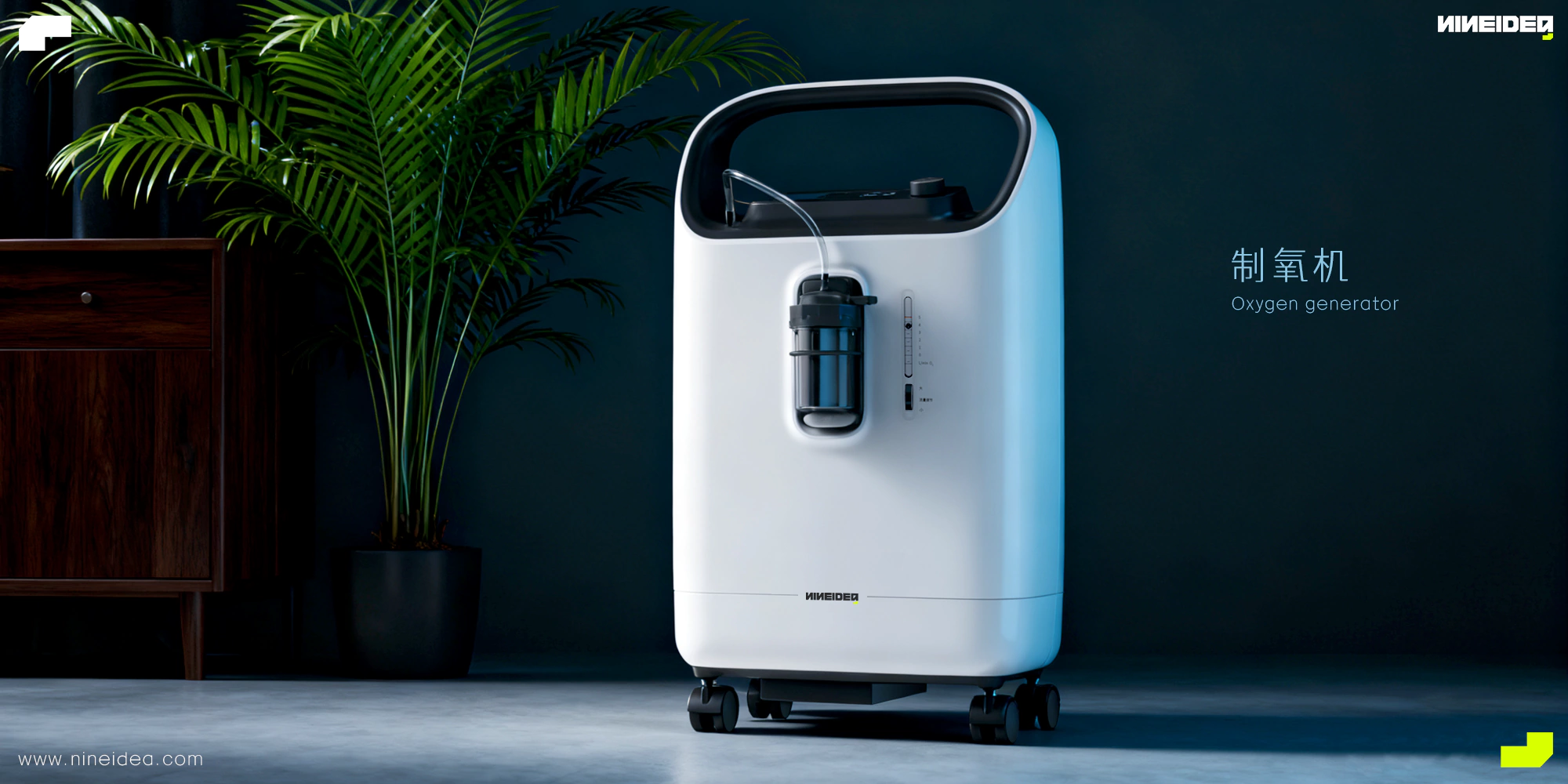NINEIDEA:CMF(Color 色彩、Material 材料、Finish 表面处理)是工业设计中连接产品形态与用户体验的核心要素,它并非孤立存在,而是贯穿于设计全流程,并针对产品不同部位形成差异化策略。理解工业设计中CMF的 “何时用” 与 “何处用”,能让产品在功能、情感与商业价值上形成统一。
CMF 在工业设计中 “什么时候用”?
CMF 的介入伴随产品从概念到落地的全生命周期,不同阶段的目标与方法差异显著:
需求分析阶段:锚定 “用户与场景”
在设计初期(用户调研、产品定位阶段),CMF 需先回答 “为谁设计”“在什么场景用”。
- 例如:为户外工作者设计的工具,需通过调研明确用户对 “耐摔、防刮、易识别” 的需求,因此 CMF 方向会倾向 “高饱和警示色(色彩)+ 工程塑料(材料)+ 磨砂抗刮处理(表面)”;
- 而针对高端家居场景的加湿器,用户更关注 “质感与氛围融合”,CMF 则可能指向 “低饱和莫兰迪色(色彩)+ 陶瓷 / 哑光金属(材料)+ 细腻釉面 / 喷砂处理(表面)”。
此时 CMF 的作用是将模糊的用户需求转化为可落地的视觉与触觉标准。
概念设计阶段:强化 “产品性格”
当产品形态草图初步成型后,CMF 需与形态配合,定义产品的核心气质(科技感、自然感、复古感等)。
- 例如:设计一款未来感智能音箱,形态采用极简几何线条时,CMF 会选择 “深空灰 / 银色(色彩)+ 铝合金(材料)+ 阳极氧化(表面,形成金属哑光肌理)”,通过冷色调与金属质感强化科技属性;
- 若目标是 “治愈系” 小家电,形态圆润柔和时,CMF 则可能用 “奶白 / 浅粉(色彩)+ 食品级硅胶(材料)+ 亲肤硫化处理(表面,触感温润)”,通过暖色调与软质材料传递亲和力。
此时 CMF 是 “形态的放大器”,让产品性格更鲜明。
深化设计阶段:平衡 “可行性与细节”
进入结构设计与工艺验证阶段,CMF 需解决 “好看” 与 “能造” 的矛盾,细化参数并规避风险。
- 例如:手机背板若想用 “渐变色 + 玻璃”,需确定具体色号(如 Pantone 18-3940 与 16-1543 的渐变比例)、玻璃材质(超白玻璃还是钠钙玻璃,影响透光性)、镀膜工艺(真空蒸镀还是磁控溅射,控制成本与色差);
- 儿童玩具的 CMF 则需额外考虑 “安全性”:色彩需符合欧盟 EN71-3 标准(无重金属),材料需用食品级 PE,表面处理必须 “无棱角、无毛刺”(如滚塑工艺替代注塑,避免合模线)。
此时 CMF 的核心是将概念转化为可量化的工艺标准,同时平衡成本、量产性与功能需求。
量产落地阶段:控制 “一致性与稳定性”
量产前的打样与试产阶段,CMF 需解决 “批量复制” 的问题 —— 确保每一件产品的色彩、质感无显著偏差。
- 例如:汽车内饰的皮革座椅,需通过多次打样校准 “棕色染料的浓度”(色彩)、“皮革的鞣制工艺”(材料处理)、“缝线处的压纹深度”(表面细节),避免不同批次出现 “偏红” 或 “偏黄” 的色差;
- 3C 产品的塑料外壳,需控制注塑温度(影响材料密度,进而改变表面光泽)、喷漆厚度(过厚易掉漆,过薄易露底),通过 SPC(统计过程控制)确保批量一致性。
此时 CMF 是 “品质的守门人”,直接影响用户对产品 “做工” 的感知。
CMF 在工业设计中 “什么位置用”?
产品的不同部位因功能、视觉权重、用户交互频率不同,CMF 策略需针对性设计:
视觉焦点区:传递 “第一印象”
指产品最易被用户注意的部位(如正面、顶部、LOGO 区),CMF 需承担 “识别性” 与 “品牌调性” 功能。
- 案例:戴森吸尘器的 “环形气旋舱”—— 透明 PC 材料(让内部工作状态可视化)+ 亮紫色(高饱和色强化记忆点),成为品牌标志性视觉符号;
- 案例:苹果 MacBook 的 A 面 —— 铝合金一体成型(材料)+ 阳极氧化银白色(色彩 + 表面),极简质感成为 “高端科技” 的代名词。
人机交互区:优先 “体验与功能”
指用户频繁触摸、操作的部位(如按键、手柄、屏幕边缘),CMF 需兼顾 “手感舒适” 与 “功能耐用”。
- 案例:游戏手柄的握持区 —— 采用 TPE 软胶(材料,防滑且贴合手掌)+ 微凸纹理(表面处理,增强摩擦力),避免长时间握持打滑;
- 案例:电饭煲的操作旋钮 —— 顶部用亚克力(材料,透光性好,配合指示灯)+ 磨砂边缘(表面处理,旋转时不易脱手),兼顾交互便捷与触感反馈。
功能隐藏区:侧重 “实用性与成本”
指用户较少关注但需满足基础功能的部位(如底部、背面、接口盖),CMF 以 “耐用、低成本” 为核心。
- 案例:洗衣机底部的支撑脚 —— 用高强度 PA66 塑料(材料,耐磨损)+ 黑色哑光(色彩,掩盖灰尘与划痕),无需复杂处理即可满足功能;
- 案例:路由器的背面接口区 —— 用 ABS 塑料(材料,易加工)+ 同色系亚光处理(表面,与正面质感统一但成本更低),避免视觉割裂。
情感连接区:触发 “文化与记忆”
指承载品牌故事或用户情感的特殊部位(如复古产品的金属装饰、定制化刻字区),CMF 需传递 “专属感”。
- 案例:复古相机的皮革握柄 —— 采用头层牛皮(材料,传递年代感)+ 做旧染色(色彩,模拟使用痕迹),唤醒用户对胶片时代的怀旧情感;
- 案例:奢侈品钢笔的笔帽 ——18K 金(材料,象征高端)+ 手工拉丝(表面处理,每支纹理唯一),通过材料稀有性与工艺独特性强化 “专属价值”。
CMF 在工业设计中是 “动态策略”:从时间上,它伴随产品从需求到量产的全流程,平衡用户需求、形态气质与工艺可行性;从空间上,它针对产品不同部位(焦点区、交互区、隐藏区、情感区),分别承担识别、体验、实用、情感功能。最终,优秀的 CMF 设计能让产品在 “好看” 之外,更能被用户 “记住” 和 “需要”。
@NINEIDEA九号创新 www.nineidea.com
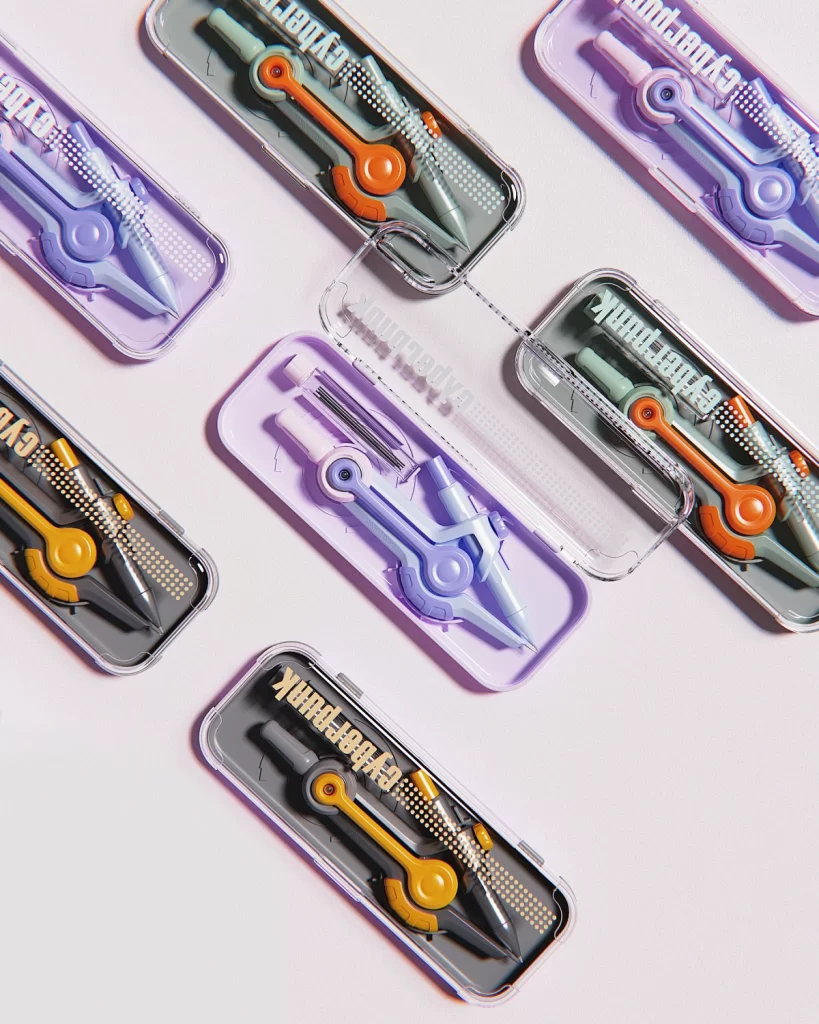
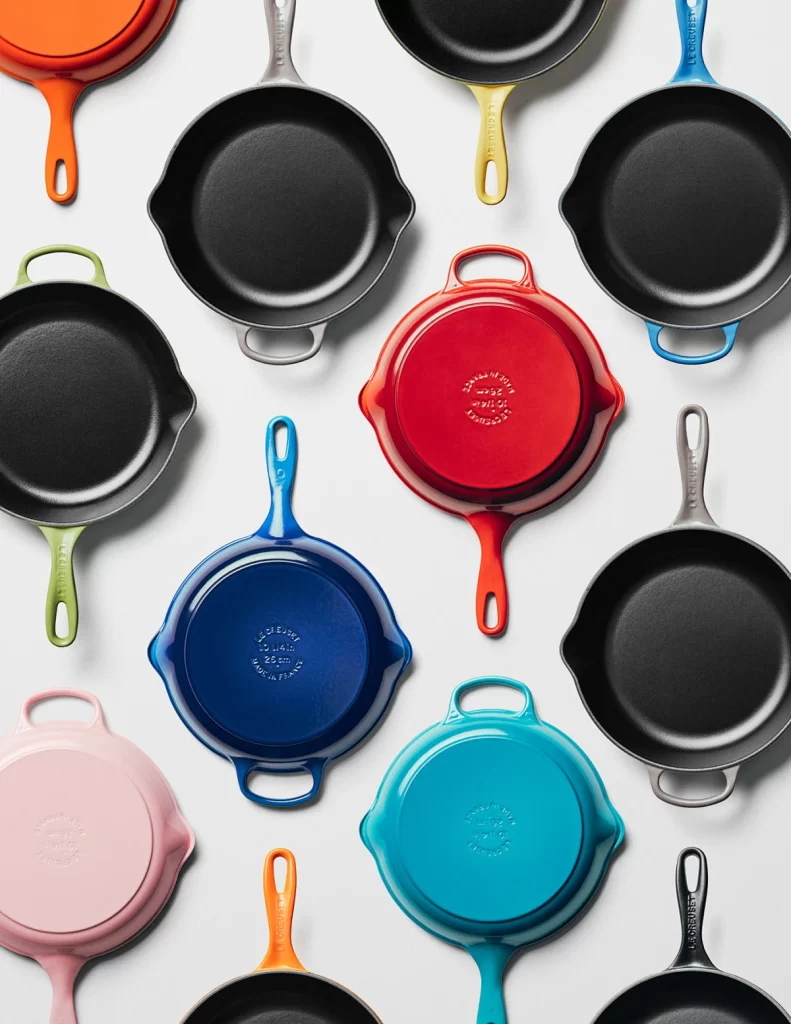
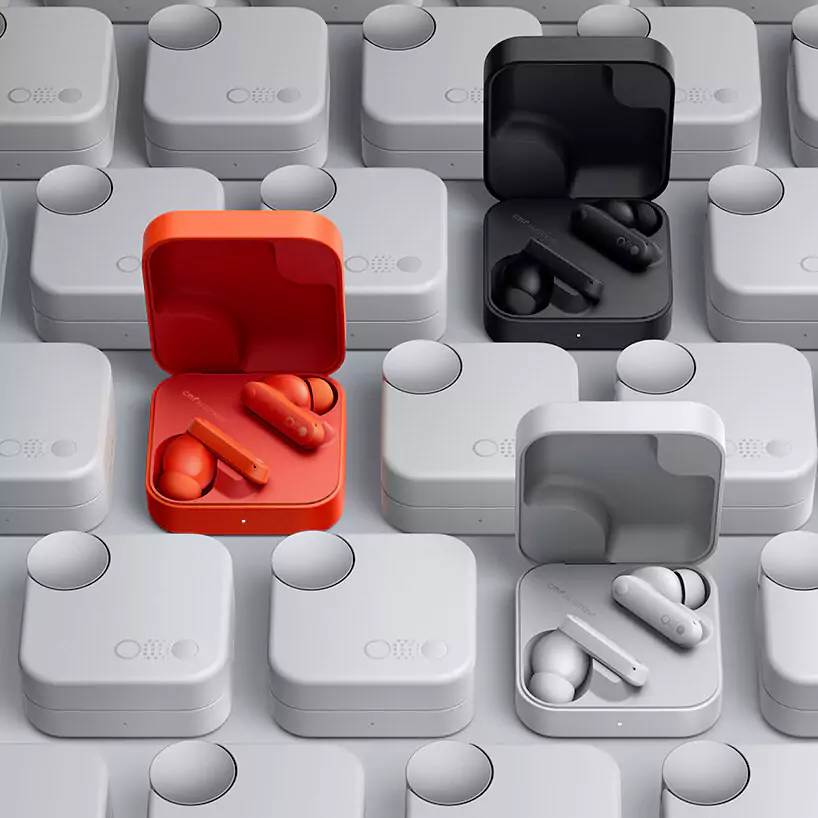
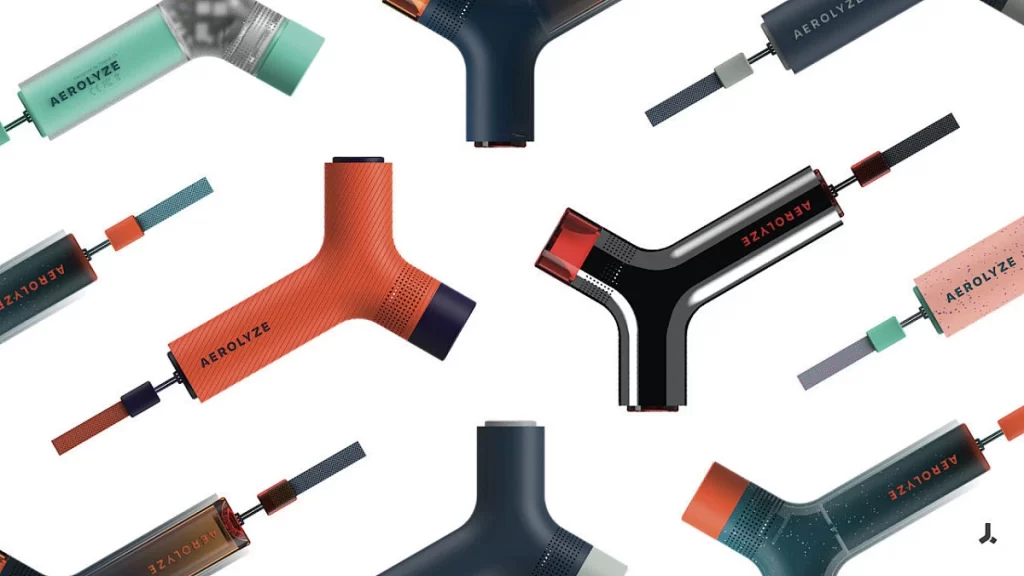
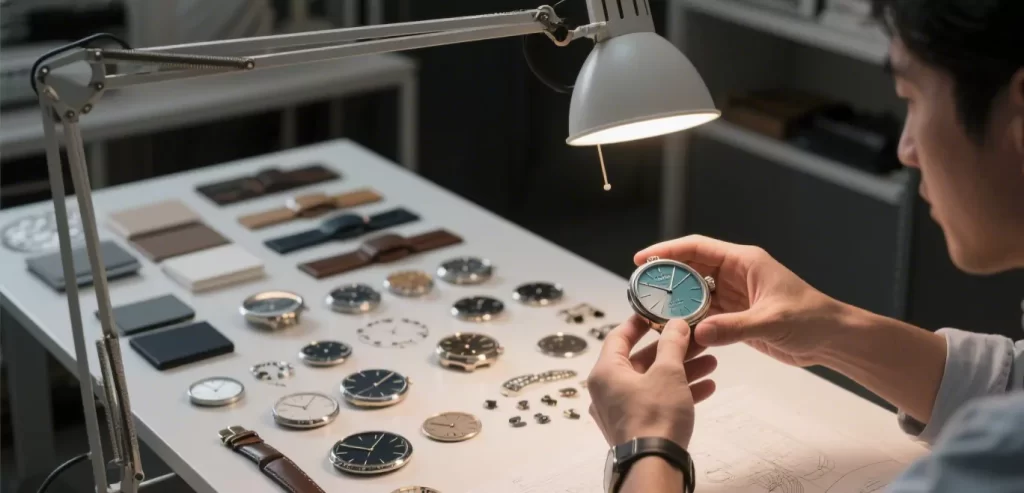
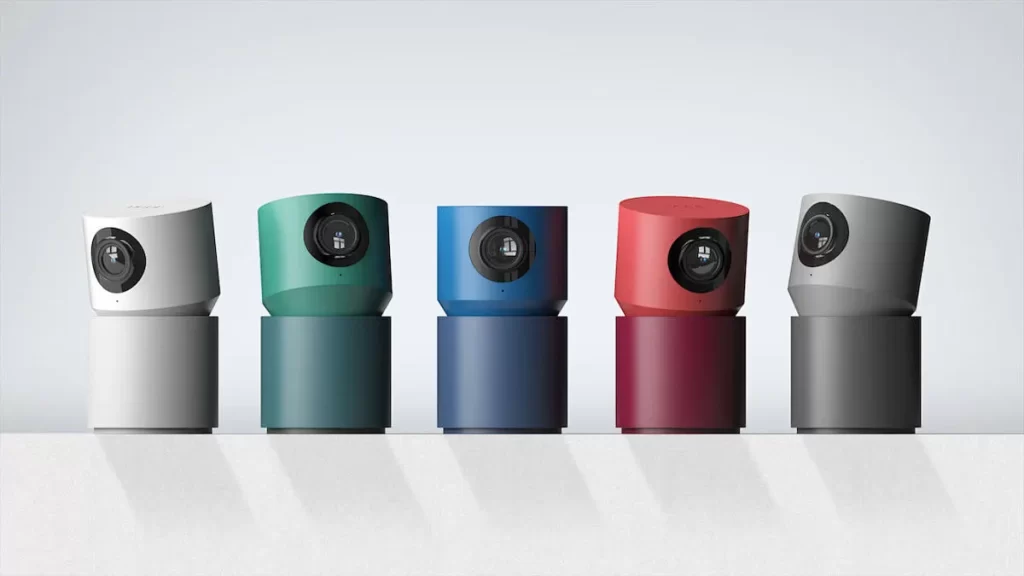
The application logic of CMF in industrial design: when to intervene and where to focus?
NINEIDEA: CMF (Color, Material, Finish) is the core element that connects product form and user experience in industrial design. It does not exist in isolation, but runs through the whole design process, and forms differentiation strategies for different parts of the product. Understanding the “when to use” and “where to use” of industrial design CMF can unify the product’s functionality, emotions, and commercial value.
When is CMF used in industrial design?
The involvement of CMF accompanies the entire lifecycle of products from concept to implementation, with significant differences in goals and methods at different stages
Requirement analysis stage: Anchoring “users and scenarios”
In the early stages of design (user research, product positioning), CMF needs to first answer “for whom to design” and “in what scenario to use”.
For example, tools designed for outdoor workers need to clarify users’ needs for “drop resistance, scratch resistance, and easy recognition” through research. Therefore, the CMF direction will lean towards “high saturation warning colors (colors)+engineering plastics (materials)+frosted scratch resistant treatment (surfaces)”;
For high-end home scene humidifiers, users are more concerned about the integration of texture and atmosphere, while CMF may point to “low saturation Morandi color (color)+ceramic/matte metal (material)+delicate glaze/sandblasting treatment (surface)”.
At this point, the role of CMF is to transform vague user needs into tangible visual and tactile standards.
Concept design stage: Strengthen the “product personality”
After the initial formation of the product form sketch, CMF needs to coordinate with the form to define the core temperament of the product (such as technological, natural, retro, etc.).
For example, when designing a futuristic smart speaker with minimalist geometric lines, CMF will choose “deep space gray/silver (color)+aluminum alloy (material)+anodizing (surface, forming a metallic matte texture)” to enhance technological attributes through cool tones and metallic texture;
If the target is a “healing” small household appliance with a rounded and soft shape, CMF may use “milky white/light pink (color)+food grade silicone (material)+skin friendly vulcanization treatment (surface, warm touch)” to convey affinity with soft materials through warm tones.
At this point, CMF is a ‘form amplifier’ that enhances the product’s personality.
Deepening design phase: Balancing feasibility and details
Entering the stage of structural design and process validation, CMF needs to resolve the contradiction between “good-looking” and “manufacturable”, refine parameters, and avoid risks.
For example, if you want to use “gradient color+glass” on the back panel of a mobile phone, you need to determine the specific color number (such as the gradient ratio of Pantone 18-3940 and 16-1543), glass material (ultra white glass or soda lime glass, affecting transparency), coating process (vacuum evaporation or magnetron sputtering, controlling cost and color difference);
The CMF of children’s toys requires additional consideration of “safety”: the color must comply with the EU EN71-3 standard (no heavy metals), the material must be food grade PE, and the surface treatment must be “free of edges and burrs” (such as using rotational molding instead of injection molding to avoid mold lines).
At this point, the core of CMF is to transform concepts into quantifiable process standards while balancing cost, mass production, and functional requirements.
Mass production landing stage: controlling “consistency and stability”
During the sampling and trial production stages before mass production, CMF needs to address the issue of “batch replication” – ensuring that there are no significant deviations in the color and texture of each product.
For example, leather seats in car interiors need to be calibrated multiple times for “brown dye concentration” (color), “leather tanning process” (material treatment), and “embossing depth at stitching” (surface details) to avoid color differences of “reddish” or “yellowish” between different batches;
The plastic shell of 3C products needs to control the injection molding temperature (which affects the material density and changes the surface gloss), paint thickness (too thick can easily peel off the paint, too thin can easily expose the bottom), and ensure batch consistency through SPC (Statistical Process Control).
At this point, CMF is the ‘gatekeeper of quality’, directly affecting users’ perception of the ‘workmanship’ of the product.
Where is CMF used in industrial design?
The CMF strategy needs to be designed specifically for different parts of the product due to differences in functionality, visual weight, and user interaction frequency
Visual Focus Area: Conveying First Impressions
The CMF is responsible for the “recognition” and “brand tone” functions of the parts of the product that are most easily noticed by users, such as the front, top, and logo area.
Case: The “circular cyclone chamber” of Dyson vacuum cleaner – made of transparent PC material (to visualize the internal working status) and bright purple (high saturation color to enhance memory points), has become the brand’s iconic visual symbol;
Case: The A-side of the Apple MacBook – aluminum alloy integrated molding (material)+anodized silver white (color+surface), extremely simple texture has become synonymous with “high-end technology”.
Human computer interaction area: prioritize “experience and functionality”
CMF refers to the parts that users frequently touch and operate, such as buttons, handles, and screen edges. CMF needs to balance “comfortable feel” and “durable functionality”.
Case: The grip area of the game controller is made of TPE soft rubber (material, non slip and fits the palm)+micro convex texture (surface treatment, enhances friction) to avoid slipping during prolonged grip;
Case: The operating knob of an electric rice cooker – made of acrylic (material, good transparency, matched with indicator lights) on the top and frosted edges (surface treatment, not easy to remove when rotating), balancing convenient interaction and tactile feedback.
Function hidden area: focusing on “practicality and cost”
CMF refers to the parts that users pay less attention to but need to meet basic functions (such as the bottom, back, and interface cover), with “durability and low cost” as its core.
Case: The support feet at the bottom of the washing machine are made of high-strength PA66 plastic (material, wear-resistant) and black matte (color, covering dust and scratches), which can meet the function without complex processing;
Case: The back interface area of the router is made of ABS plastic (material, easy to process) and treated with matte finish in the same color scheme (surface, consistent with the front texture but lower cost) to avoid visual separation.
Emotional Connection Zone: Triggering ‘Culture and Memory’
CMF refers to the special parts that carry the brand story or user emotions (such as metal decorations and customized engraving areas of retro products), which need to convey a sense of exclusivity.
Case: Leather handle for vintage camera – using top layer cowhide (material, conveying a sense of age)+vintage dyeing (color, simulating usage traces), awakening users’ nostalgia for the film era;
Case: The cap of a luxury fountain pen -18K gold (material, symbolizing high-end)+hand drawn (surface treatment, each texture unique), enhances “exclusive value” through the rarity of the material and the uniqueness of the craftsmanship.
CMF is a “dynamic strategy” in industrial design: in terms of time, it accompanies the entire process of product demand to mass production, balancing user needs, form and temperament, and process feasibility; From a spatial perspective, it serves different parts of the product (focal area, interactive area, hidden area, emotional area), undertaking recognition, experience, practicality, and emotional functions respectively. Ultimately, excellent CMF design can not only make the product look good, but also be remembered and needed by users.
@NINEIDEA九号创新 www.nineidea.com













